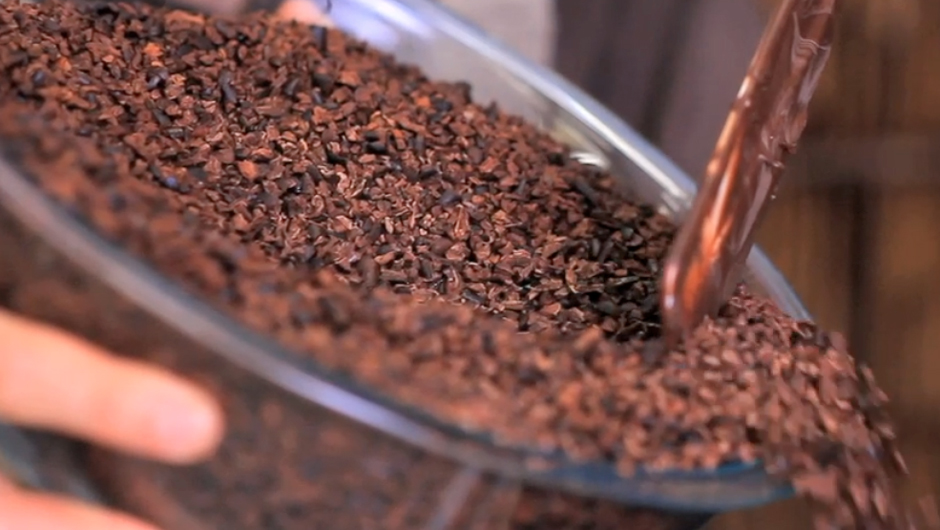How to become a Hawaii chocolate connoisseur, according to one
A local bean-to-bar expert tells us the six flavorful ways to really taste Hawaiian chocolate.

Move over, wine tastings … Chocolate tastings are the new “it” foodie tour. We spoke with an Oahu-based bean-to-bar expert to help us figure out the best ways to bring out the proper profiles from the chocolates that call Hawaii home. Nat Bletter, co-founder of Madre Chocolate, shares some tips for getting the most out of a chocolate tasting.

Tip 1: Look for a chocolate with a light shine that snaps nicely when you break it.
Appearance is an important indicator—your first impression—whether a piece of chocolate is worth the bite. The shine and the snap of the bar is a straight giveaway whether a chocolate has had a good temper—hard to do in high-humidity Hawaii. Note the color as well.
Tip 2: Warm up the chocolate in your hands to get the aroma going before putting the chocolate in your mouth.
You have two areas where you can sense aromas—the outside of the mouth through the front of the nose and in the back of your throat (the retronasal olfaction)—and heating up a bar of chocolate will activate the first area. As for the second area, sensory scientists have said 80 percent of flavor is based there. To stimulate it, take big gulps of air to move the flavors and aromas over your tongue and to the back of your throat while tasting.
Tip 3: Put the chocolate on your tongue. The creamier means the more butter content; the more butter content means it’s more desirable.
Trust the sensation on your tongue here. We have five taste receptors for a reason: bitter, salty, sweet, sour and umami, which senses protein. Generally a higher cocoa butter content, even for same percentage chocolate, gives a smoother, richer “mouth feel,” which most people crave in the chocolate world. A grainy texture is generally less desirable.
Tip 4: Never keep chocolate in the freezer!
One of the most common mistakes. Instead keep it in your fridge, but only if your house is 80 degrees or above. Otherwise for chocolate to taste the best, you want it to be at room temperature to ensure the flavors develop evenly in your mouth upon tasting.
Tip 5: Be a chomper or a melter … but not both at the same time.
People fall into two categories: chompers vs. melters. You experience different textures and inclusions depending on how you eat chocolate. If you chomp and chew, you’ll get the aromas going faster, but it also melts and develops faster in your mouth. If you let it melt in your mouth, you’ll have a longer flavor profile that develops in the middle. Try both ways because the experience could be different with different chocolates.
Tip 6: Cleanse, cleanse, cleanse.
Between samples of chocolate during tastings, reset your palate often. Water works fine, but in competitions, judges use a mushy, soupy polenta whose starchiness, abrasiveness and bland taste pull flavors and fat solids from the tongue and effectively restore the palate for even more happy tastings.


